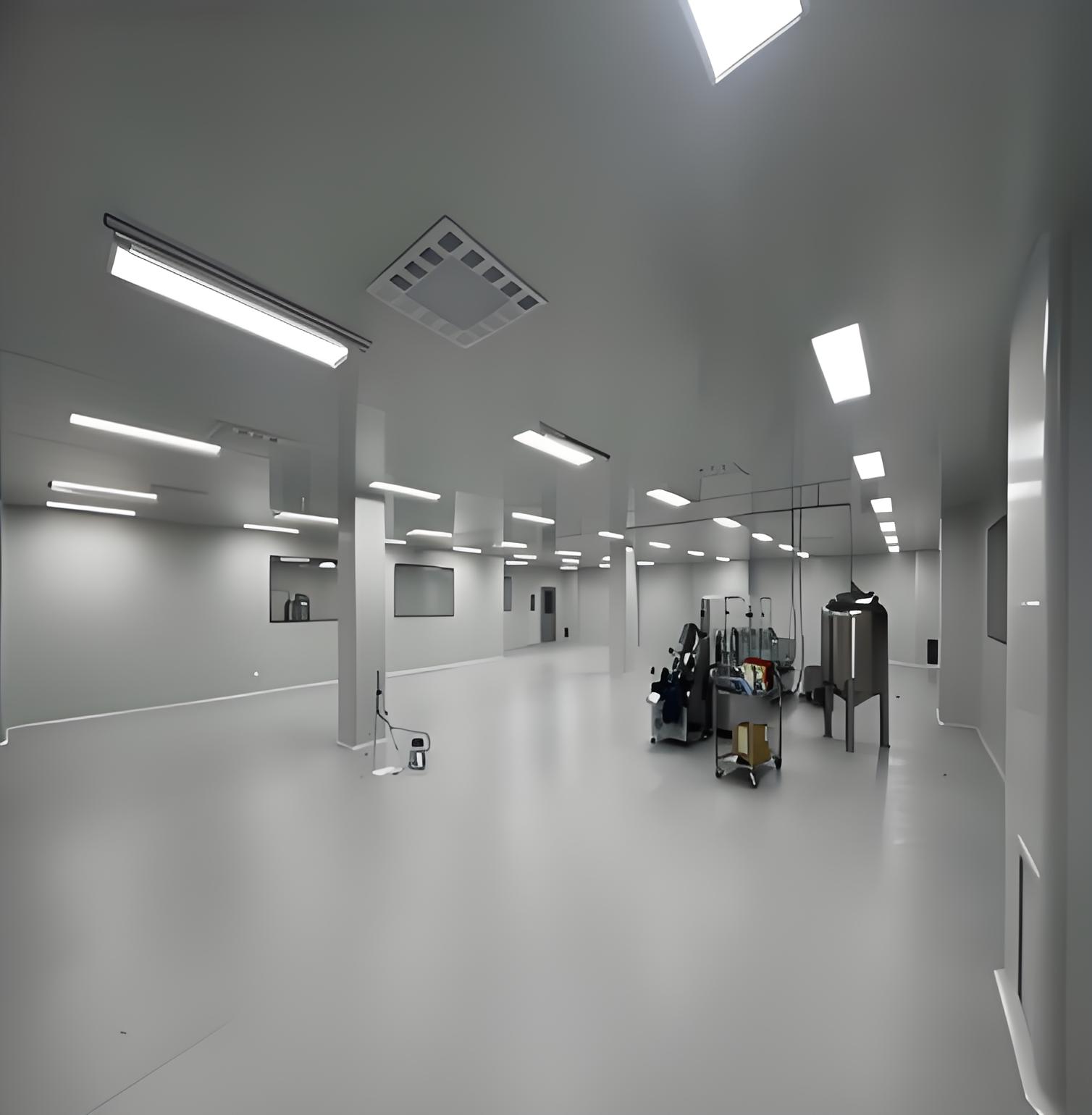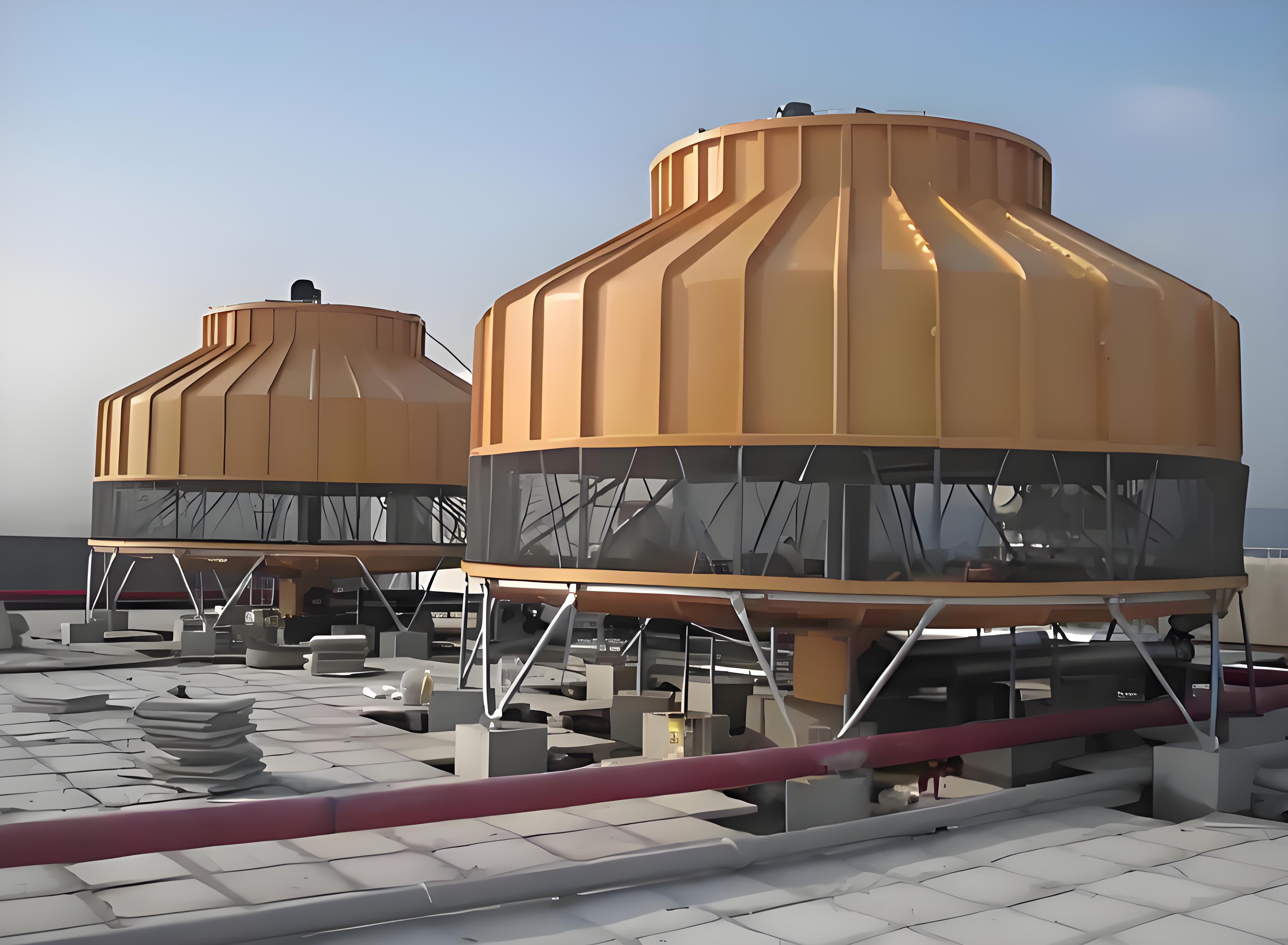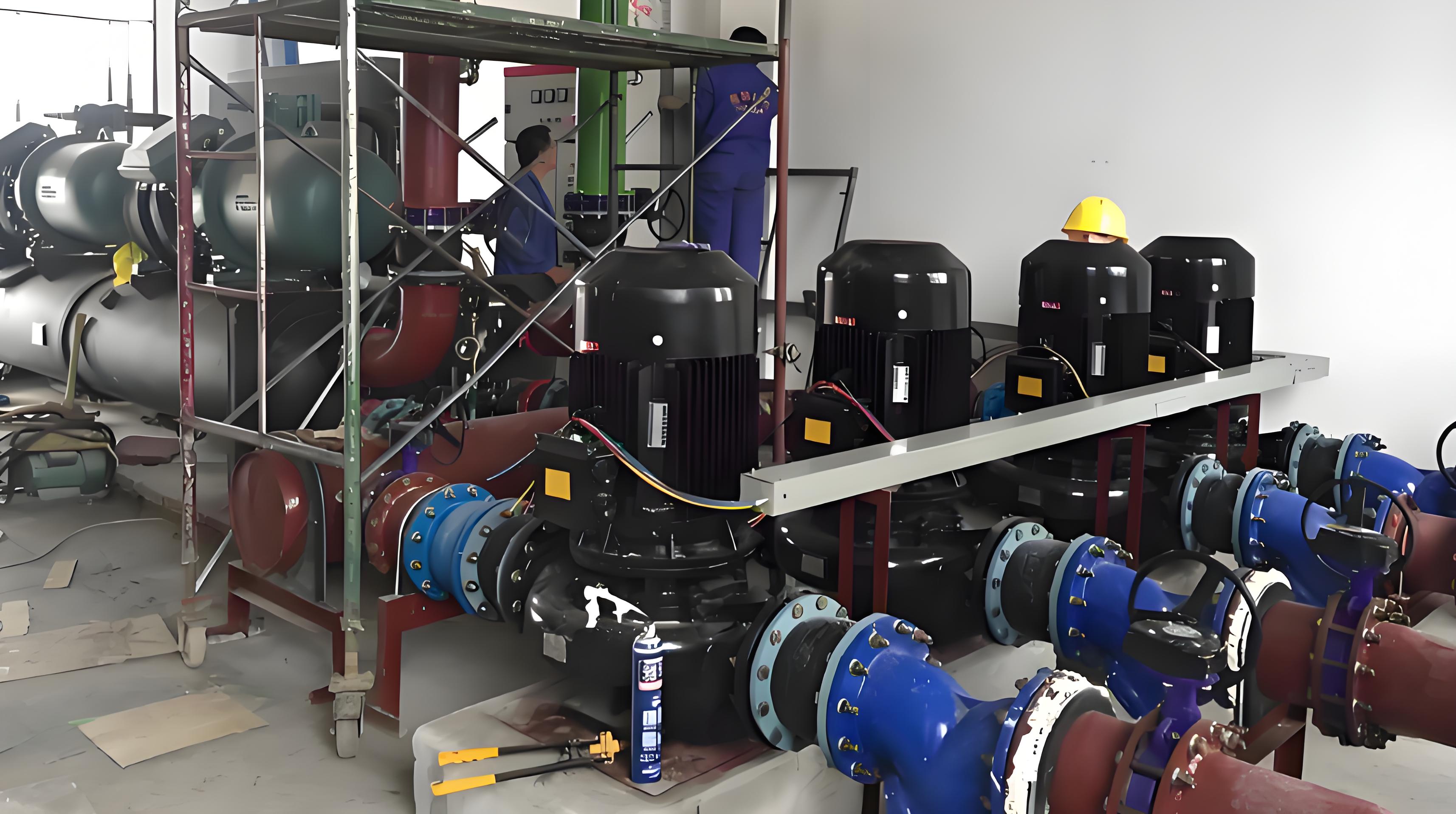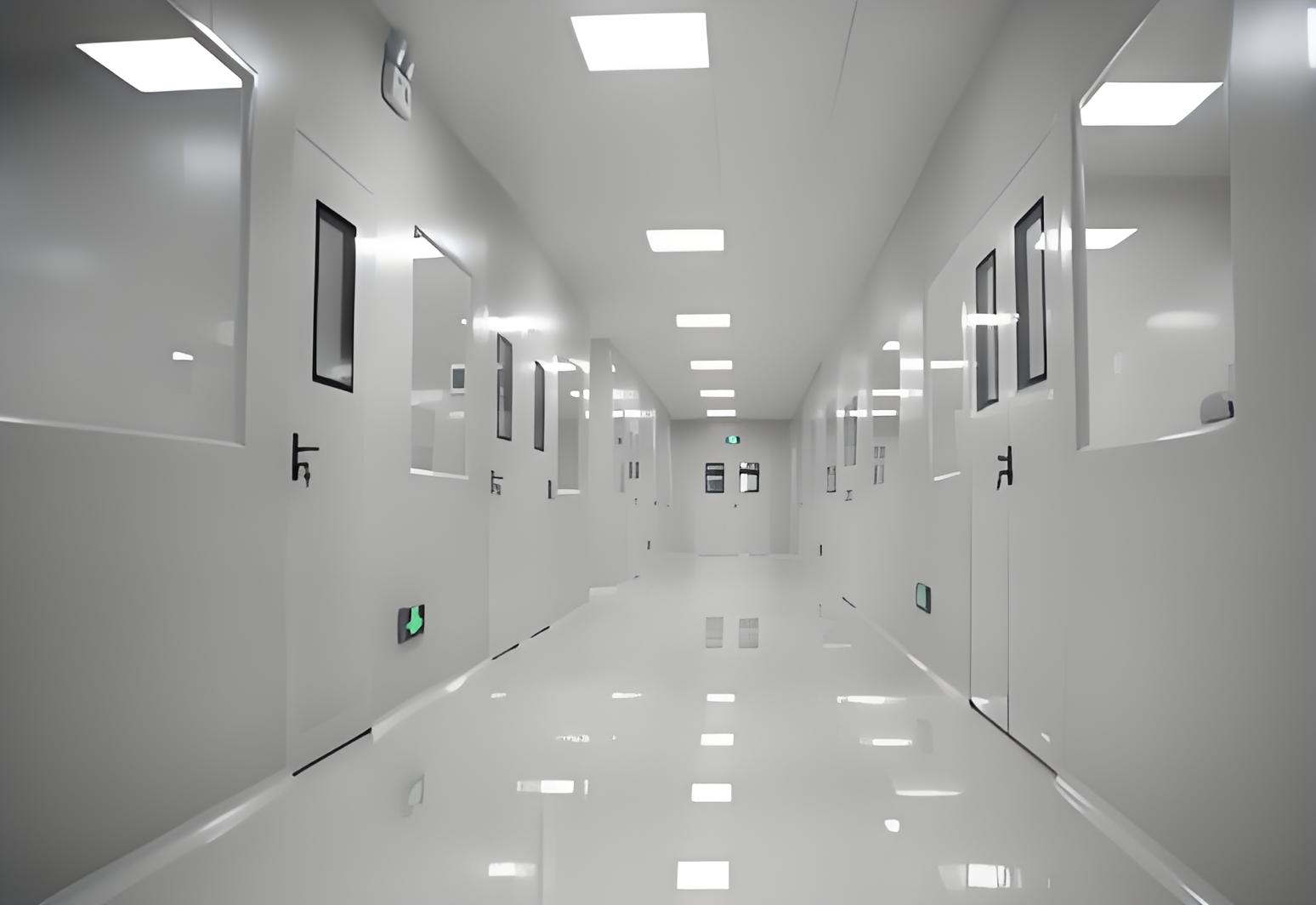
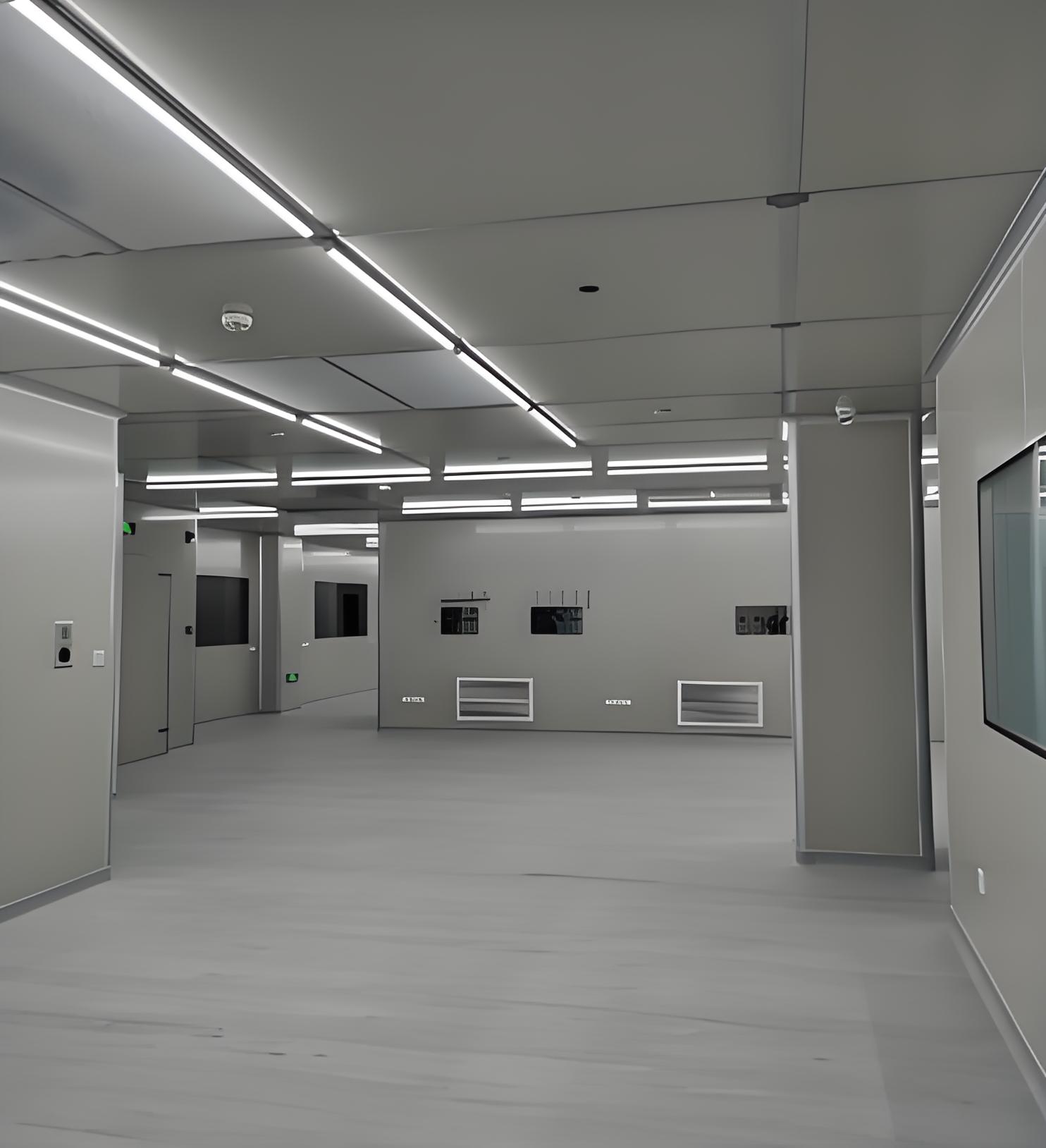
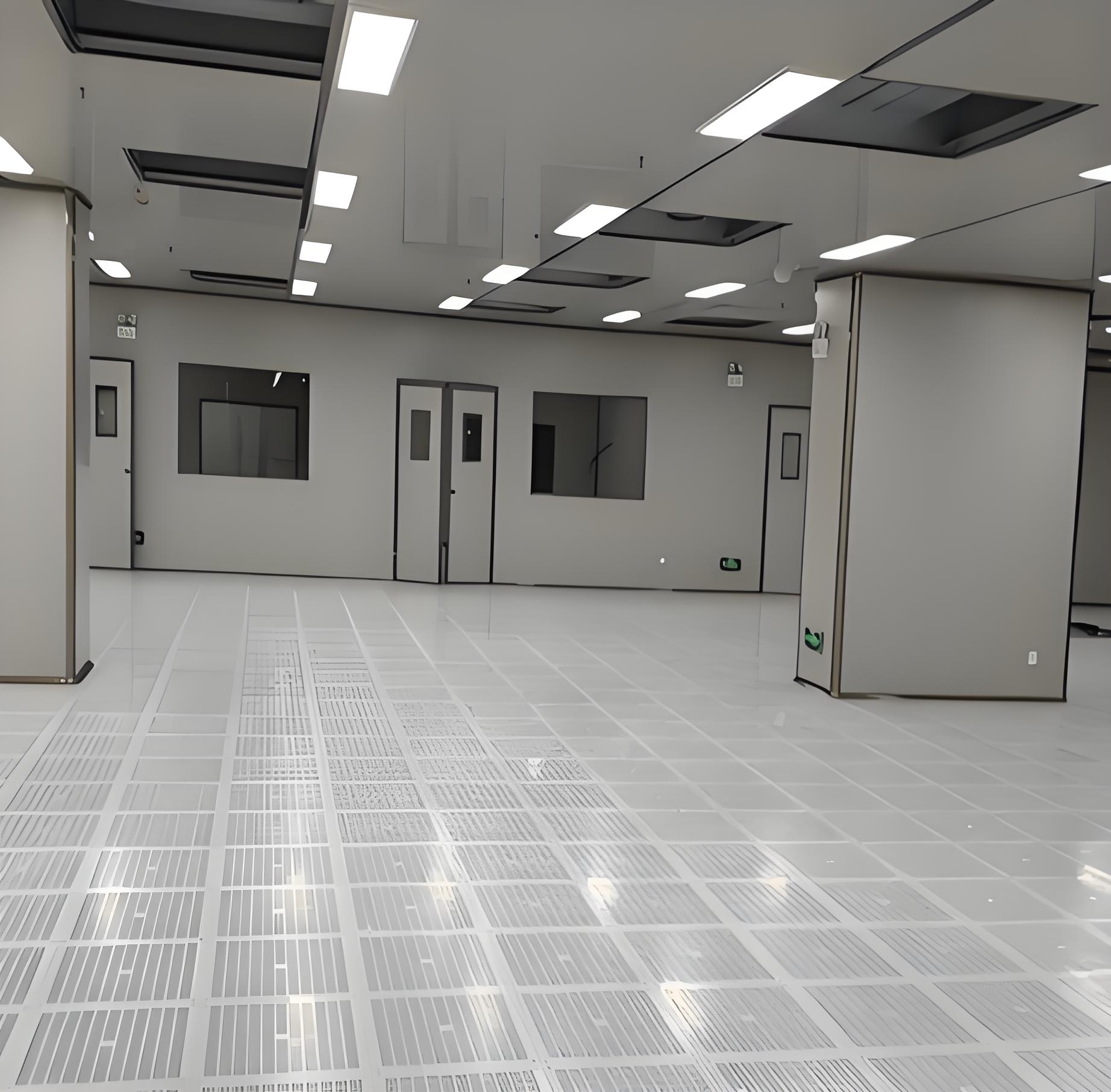


In today's industrial landscape, maintaining high air quality standards is not just a regulatory requirement but a critical factor for operational efficiency and environmental sustainability. A well-executed spray purification project plays a pivotal role in achieving these goals, particularly in sectors like manufacturing, automotive, and aerospace, where processes involving coatings, paints, and chemicals are common. This type of project integrates advanced technologies to control pollutants, ensuring a safer workplace and reduced environmental impact. As industries face stricter emissions regulations and growing awareness of health risks, implementing a robust spray purification project becomes indispensable. It encompasses various elements, including Spray Purification methods, Purification System designs, and specialized approaches for spray booth design and build, all aimed at effective Overspray and VOC Control System implementation. By focusing on these core components, businesses can enhance productivity, comply with standards, and contribute to a cleaner environment. This article delves into the key aspects of a spray purification project, providing insights into how each element interconnects to form a cohesive solution for air quality challenges. Whether you're planning a new installation or upgrading an existing system, understanding these fundamentals can lead to successful outcomes and long-term benefits.
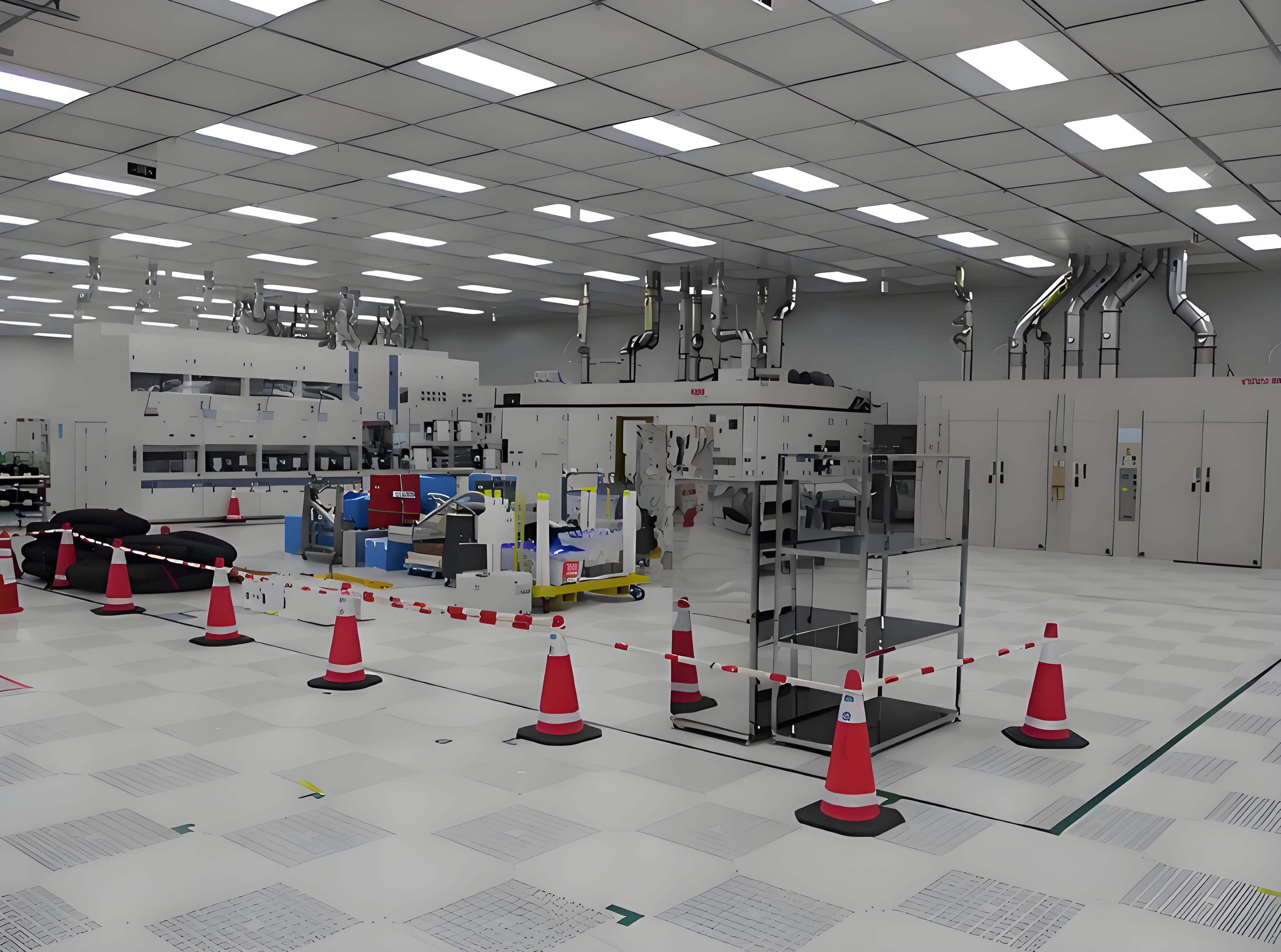
A spray purification project refers to a comprehensive initiative designed to manage and improve air quality in facilities where spraying operations, such as painting, coating, or chemical application, occur. These projects aim to capture, filter, and neutralize harmful substances like particulate matter, volatile organic compounds (VOCs), and other airborne contaminants. The core objective is to create a controlled environment that minimizes health risks for workers, reduces environmental pollution, and ensures compliance with legal standards. Typically, a spray purification project involves the integration of multiple systems, including Spray Purification units, Purification System infrastructures, and tailored solutions for spray booth design and build. For instance, in automotive plants, a spray purification project might focus on eliminating overspray from paint booths, while in industrial settings, it could target VOC emissions from chemical processes. By adopting a holistic approach, these projects not only address immediate air quality issues but also enhance operational efficiency and cost-effectiveness. Key benefits include improved worker safety, reduced waste, and lower energy consumption, making a spark purification project a strategic investment for any forward-thinking organization.
Spray Purification is a fundamental aspect of any spray purification project, focusing on the methods and technologies used to clean air contaminated by spraying activities. This process typically involves the use of filters, scrubbers, or electrostatic precipitators to remove pollutants from the air stream. In a typical spray purification project, Spray Purification systems are designed to handle high volumes of air, ensuring that contaminants are captured before they can disperse into the environment. For example, in a paint shop, Spray Purification might involve wet scrubbers that use water or chemicals to trap overspray particles, while in other contexts, dry filtration systems could be employed. The effectiveness of Spray Purification hinges on proper system design and regular maintenance, as clogged or inefficient units can lead to increased emissions and higher operational costs. Moreover, integrating Spray Purification with other components like a Purification System ensures a seamless flow of clean air back into the workspace. This not only protects employees from respiratory hazards but also maintains product quality by reducing contamination. As part of a broader spray purification project, Spray Purification technologies continue to evolve, with advancements such as automated monitoring and IoT-enabled controls enhancing their performance and reliability.
A Purification System is the backbone of any successful spray purification project, providing the infrastructure needed to treat and recirculate air efficiently. This system typically comprises multiple stages, including pre-filtration, main filtration, and post-treatment, each tailored to the specific contaminants present in the facility. In a spray purification project, the Purification System must be capable of handling the unique challenges of spraying operations, such as high particulate loads and VOC concentrations. For instance, a well-designed Purification System might incorporate HEPA filters for fine particles and activated carbon beds for VOC adsorption, ensuring comprehensive air cleaning. The integration of a Purification System with elements like spray booth design and build is crucial, as the booth's layout can impact airflow and filtration efficiency. Additionally, modern Purification System designs often include energy recovery features, such as heat exchangers, which reduce heating and cooling costs by reusing conditioned air. When planning a spray purification project, it's essential to conduct a thorough assessment of the facility's needs to size the Purification System appropriately. This might involve airflow calculations, contaminant load analysis, and compliance checks with local regulations. By prioritizing a robust Purification System, businesses can achieve significant savings through reduced energy use and lower maintenance requirements, while also ensuring a healthier work environment.

The spray booth design and build phase is a critical component of a spray purification project, as it directly influences the efficiency of air management and overall system performance. A spray booth is an enclosed space where spraying operations occur, and its design must facilitate optimal airflow, containment, and filtration. In a spray purification project, the spray booth design and build process involves selecting materials, configuring ventilation, and integrating safety features to prevent pollutant escape. For example, a cross-draft booth might be suitable for low-volume applications, while a downdraft design could be better for high-volume operations, ensuring that overspray is effectively captured. The spray booth design and build must also align with the Purification System and Overspray and VOC Control System to create a cohesive unit. This includes installing appropriate filters, lighting, and access points for maintenance. Moreover, the spray booth design and build should account for factors like booth size, operator comfort, and compliance with standards such as OSHA or EPA guidelines. In a comprehensive spray purification project, customizing the spray booth design and build to the specific application—whether it's for automotive refinishing or industrial coating—can lead to better contaminant control and reduced operational downtime. By focusing on ergonomic and efficient spray booth design and build, companies can enhance productivity and ensure that their spray purification project meets long-term sustainability goals.
An Overspray and VOC Control System is essential in any spray purification project to address the dual challenges of particulate overspray and gaseous VOC emissions. Overspray refers to the mist of paint or coating particles that do not adhere to the target surface, while VOCs are harmful chemicals that evaporate during spraying processes. In a spray purification project, the Overspray and VOC Control System typically combines mechanical and chemical treatments to capture and neutralize these pollutants. For instance, overspray might be controlled using dry filter barriers or water wash systems, whereas VOCs are often managed through thermal oxidizers or carbon adsorption units. The integration of an Overspray and VOC Control System with the broader Purification System ensures that all aspects of air quality are addressed, from large particles to invisible gases. This is particularly important in industries like furniture manufacturing or shipbuilding, where high VOC levels can pose serious health risks. When designing an Overspray and VOC Control System as part of a spray purification project, it's vital to consider factors like airflow rates, contaminant concentrations, and regulatory limits. Advanced systems may include real-time monitoring and automated adjustments to maintain efficiency. By implementing a reliable Overspray and VOC Control System, businesses can minimize environmental liabilities, improve workplace safety, and achieve compliance with ever-tightening emissions standards, making it a cornerstone of a successful spark purification project.
A well-planned spray purification project offers numerous advantages that extend beyond mere regulatory compliance. By integrating Spray Purification, a robust Purification System, meticulous spray booth design and build, and an effective Overspray and VOC Control System, organizations can achieve significant operational and environmental benefits. For one, a comprehensive spray purification project enhances worker health and safety by reducing exposure to harmful substances, leading to lower absenteeism and higher morale. Additionally, it improves process efficiency—for example, by maintaining clean air in spray booths, product quality is preserved, and rework rates decrease. From a financial perspective, a spray purification project can lead to cost savings through reduced waste disposal, lower energy consumption via optimized systems, and potential tax incentives for environmental initiatives. Moreover, such projects demonstrate corporate responsibility, boosting a company's reputation among stakeholders and customers. In the long term, a spray purification project supports sustainability goals by minimizing the carbon footprint and conserving resources. As industries evolve, the lessons learned from each spray purification project can inform future innovations, driving continuous improvement in air quality management. Ultimately, investing in a holistic spray purification project is not just about meeting today's standards but about building a resilient, forward-thinking operation for the future.
Q1: What is the primary goal of a spray purification project?
A1: The main goal of a spray purification project is to improve air quality in industrial settings by controlling pollutants like overspray and VOCs through integrated systems such as Spray Purification, Purification System, spray booth design and build, and Overspray and VOC Control System. This ensures compliance with regulations, protects worker health, and enhances operational efficiency.
Q2: How does a Purification System integrate with spray booth design and build?
A2: In a spray purification project, the Purification System is closely tied to spray booth design and build to ensure optimal airflow and filtration. The booth's layout, including ventilation and filter placement, is designed to work seamlessly with the Purification System, allowing for efficient capture and treatment of contaminants while maintaining a safe and productive workspace.
Q3: What are the key components of an Overspray and VOC Control System?
A3: An Overspray and VOC Control System typically includes components like particulate filters for overspray capture (e.g., filter banks or water curtains) and VOC treatment units such as carbon adsorbers or oxidizers. These elements work together in a spray purification project to remove both solid and gaseous pollutants, ensuring comprehensive air cleaning.
Q4: Why is spray booth design and build critical in a spray purification project?
A4: Spray booth design and build is vital because it determines how effectively overspray and VOCs are contained and managed. A well-designed booth supports proper airflow patterns, integrates with the Purification System and Overspray and VOC Control System, and ensures safety and efficiency, which are essential for the overall success of a spray purification project.
Q5: How can businesses ensure their spray purification project meets regulatory standards?
A5: To comply with regulations, businesses should conduct thorough assessments during the planning phase of a spray purification project, including contaminant testing and airflow analysis. Engaging experts in Spray Purification, Purification System design, spray booth design and build, and Overspray and VOC Control System implementation can help align the project with standards like EPA or OSHA requirements, and regular audits and monitoring are recommended for ongoing compliance.
